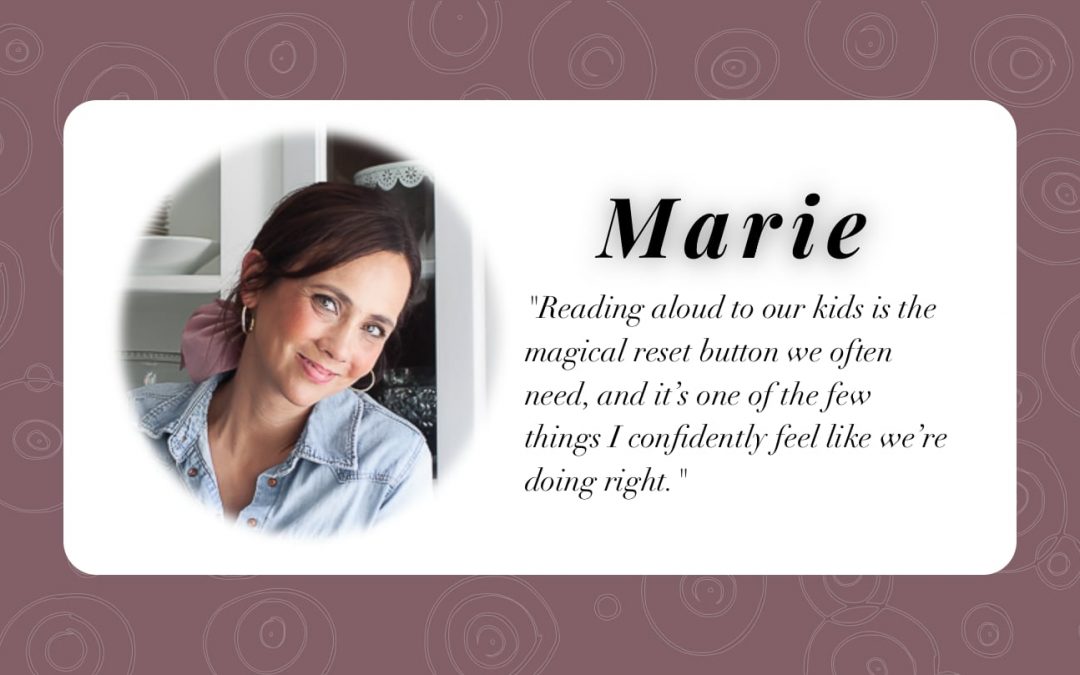
Parent Perspective: Marie
Many moms are drawn to taking pictures of their kids sleeping. I’m one of them. I also have countless pictures of my kids reading books. Seeing them lost in a good book gives me that same heart-could-burst feeling you get when watching their sweet faces during a peaceful slumber. I have photos of them hiding out in secret reading nooks around the house, leaving the library with stacks of books almost bigger than their exuberant little bodies, and my favorite: huddled around a book together. I’ve got a few teenagers now, and they still have to deal with me often pulling out the camera when I find them cozied up on the couch reading on a Sunday afternoon. An emphatic “Mom!” is their typical response.
In a demanding world that seems to constantly change, it’s easy to fall short or feel overwhelmed as nurturers, protectors and teachers in our homes, so it’s nice to have a few things you can confidently feel you’re doing right for your kids. And for me, reading aloud to them everyday is one of those things, in large part because it requires little more from me than to sit down and simply be with them. We have fallen on and off many other good wagons, but we’ve stayed on the read-aloud train, bumps, turns and all.
It’s something we’ve done nightly since our kids were babies. We’ve naturally bonded over books as a family, much thanks to my husband, Will, who hardly ever misses a night and will read to them way past their bedtime. (See, we’re constantly falling off of the early-to-bed-early-to-rise wagon.) We take turns putting the girls and boys to bed, since our girls have always shared a bedroom as have our boys. It’s something they all look forward to and it’s a way to end the day on a good note. And by “put to bed” (our kids are 7, 11, 13 and 15), we mean read them a book! Right now I’m reading Little Women to the girls (again) while Will reads Anne of Green Gables on his nights with them. And he’s reading Dragon Watch to the boys while I’m in the middle of The Year of the Boar and Jackie Robinson with the boys. It’s good for their brains to be in the middle of lots of books, and to have a pause between books.
Something I especially love about this tradition is that it exposes the younger ones to books above their reading level and gives the older kids a chance to enjoy books from their childhood without feeling self-conscious about listening to a “little kid book” or still having a bedtime story. When we finish a book, we let them pick out the next one, and if our kids want different books from each other, we read from both, again exposing them to books that the other sibling chose. I think it’s valuable for them to listen to something they wouldn’t necessarily have picked for themselves, and the kids really bond over these stories (and watching their mom cry at some point or another in so many of them).
We also happen to be a homeschooling family, which some days feels disastrous, but without fail, reading aloud to our kids is the magical reset button we often need, and it’s one of the few things I confidently feel like we’re doing right both as homeschoolers and as parents. It’s nice to have something we can all universally do right for our kids. I sincerely feel that if kids came with an individual instruction manual, reading aloud to them would be in every single one.
PS. If you’re looking for a book to read to your kids, I’d highly recommend Read Aloud Revival and The Good and the Beautiful book lists. And remember, whether your kids are five or fifteen, they’re never too old to be read to. I think you’ll find that the more you read to them, the more often your heart will be aflutter watching your kids become avid readers themselves.
Thanks, Marie
I have utterly enjoyed being in a writing group with Marie since 2008. We have swapped stories, essays, memories, poetry, writing prompts, and dreams. I have glimpsed her mind and heart through her written words, and they are as beautiful and pure as can be. She has a way of capturing moments with her family (both in writing and photography) that take your breath away. She is using her many talents on her blog, stylememarie.com. Prepare to be inspired!
tawnyember














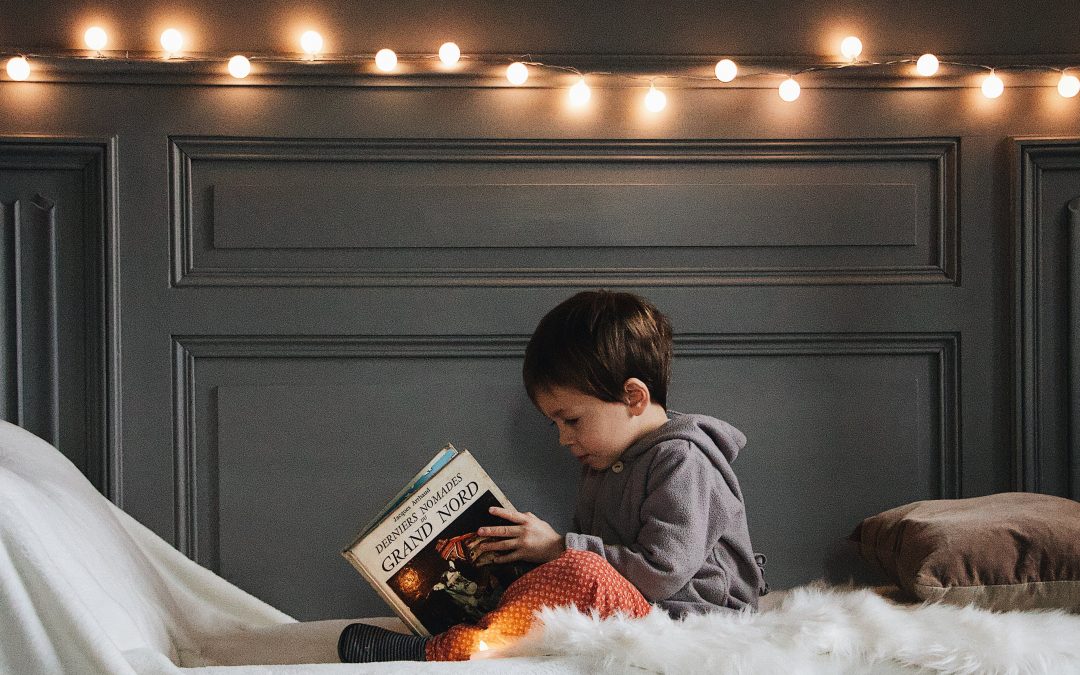
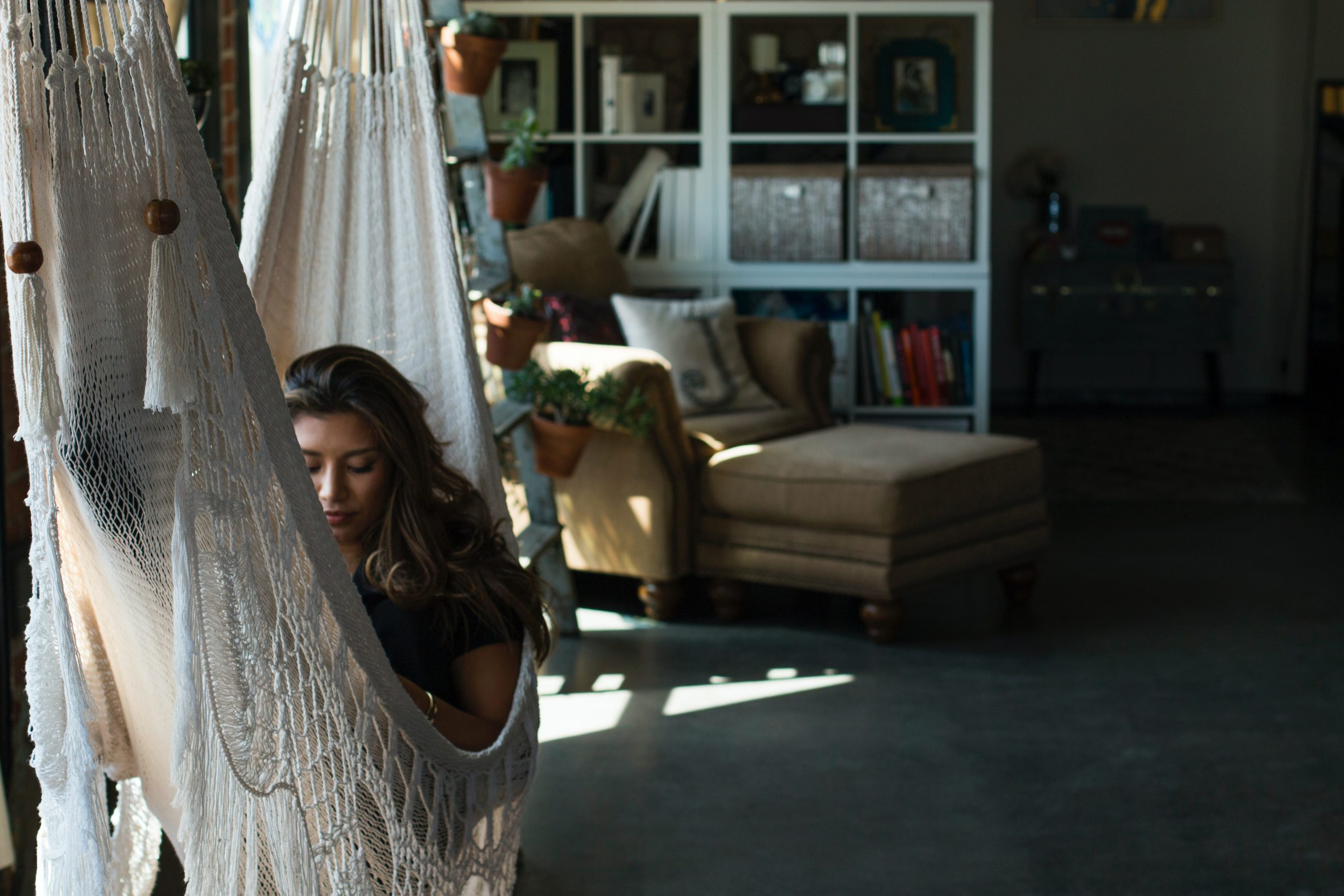


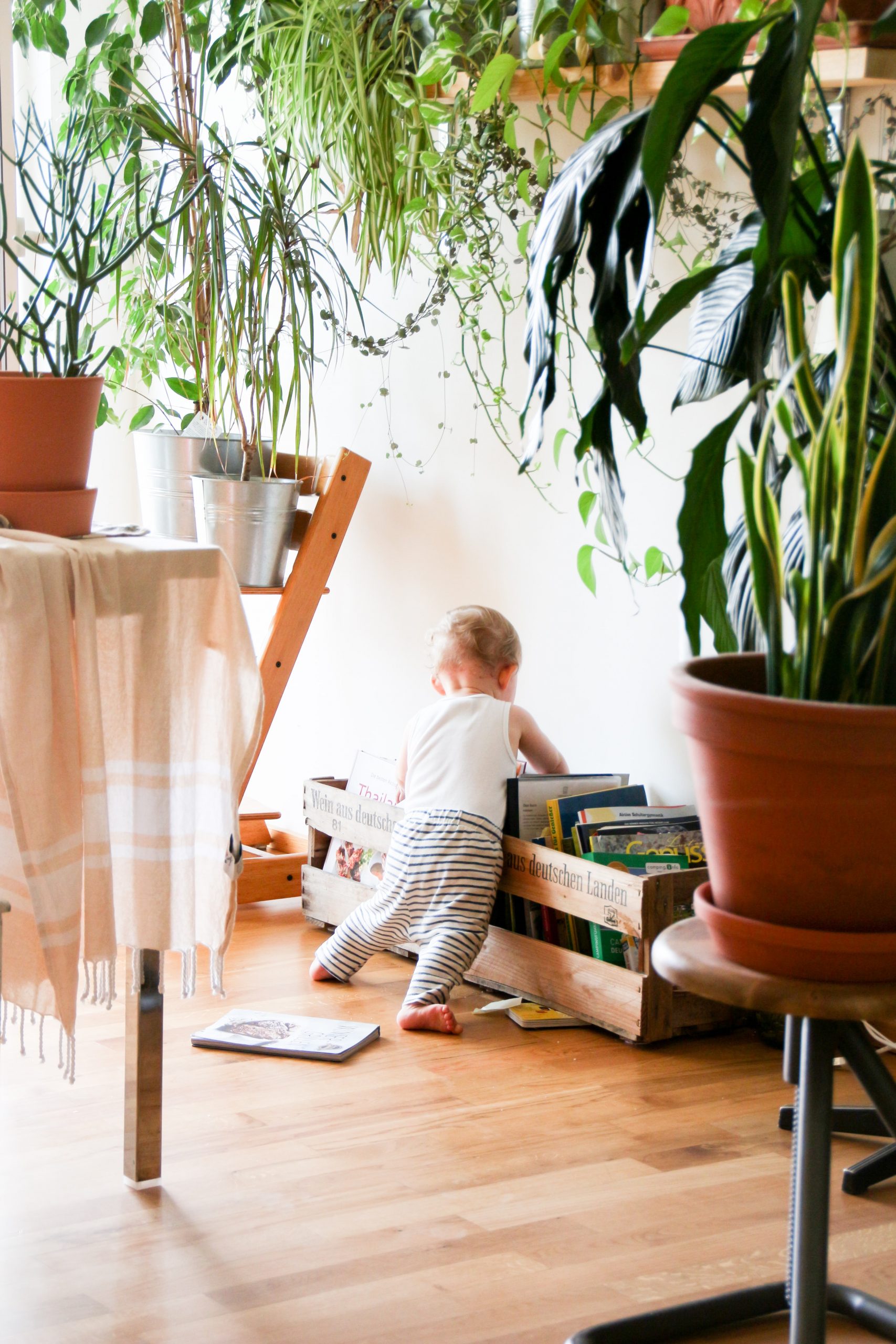
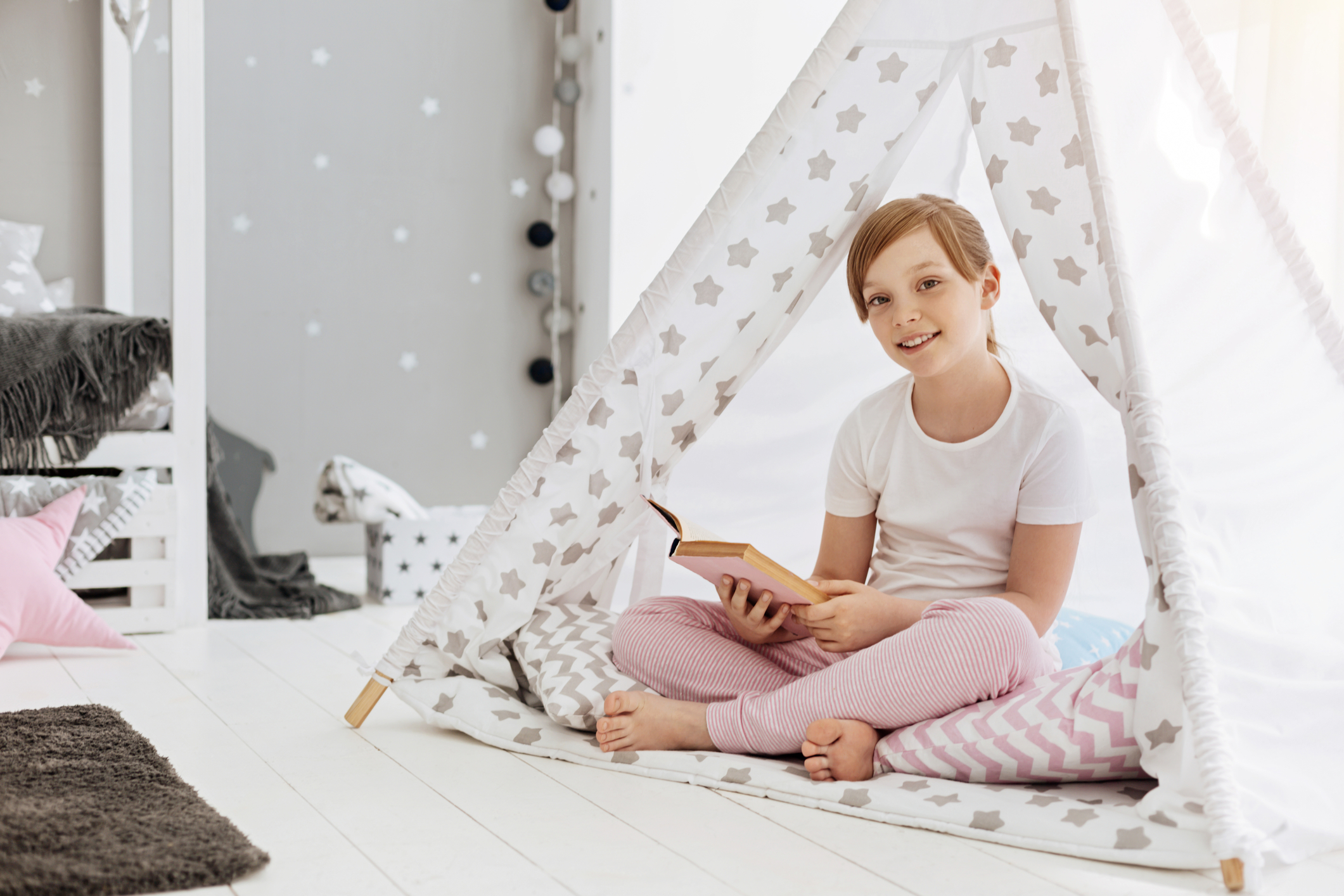
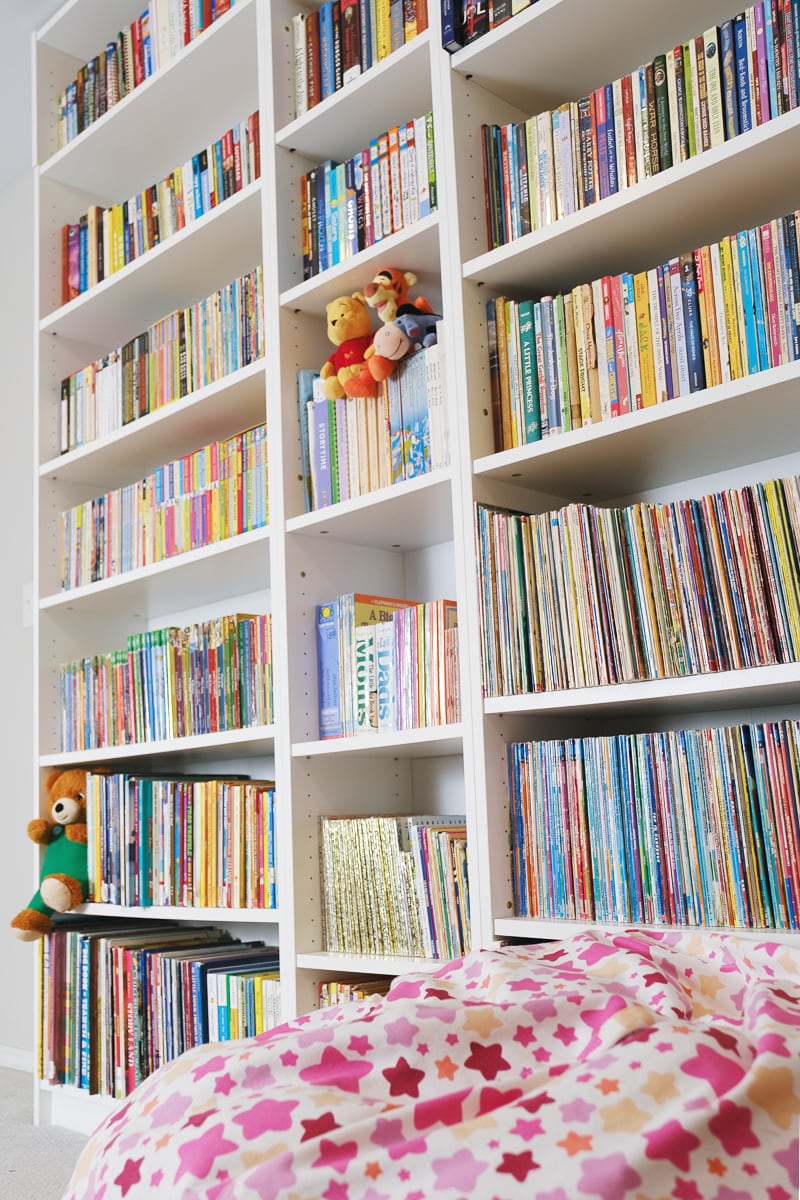

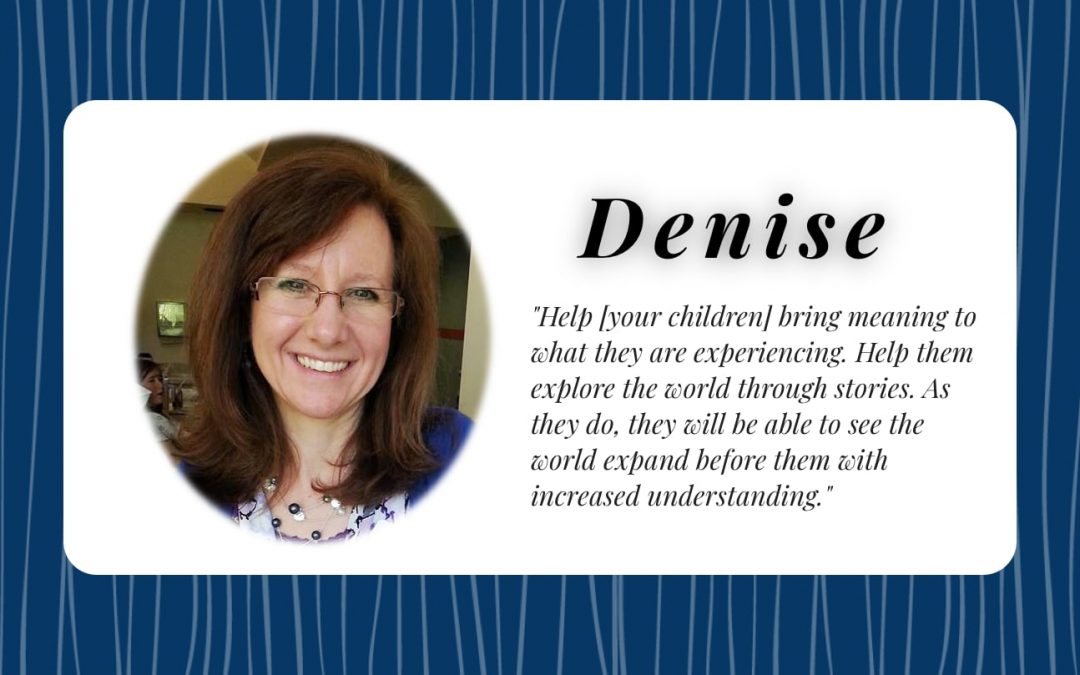

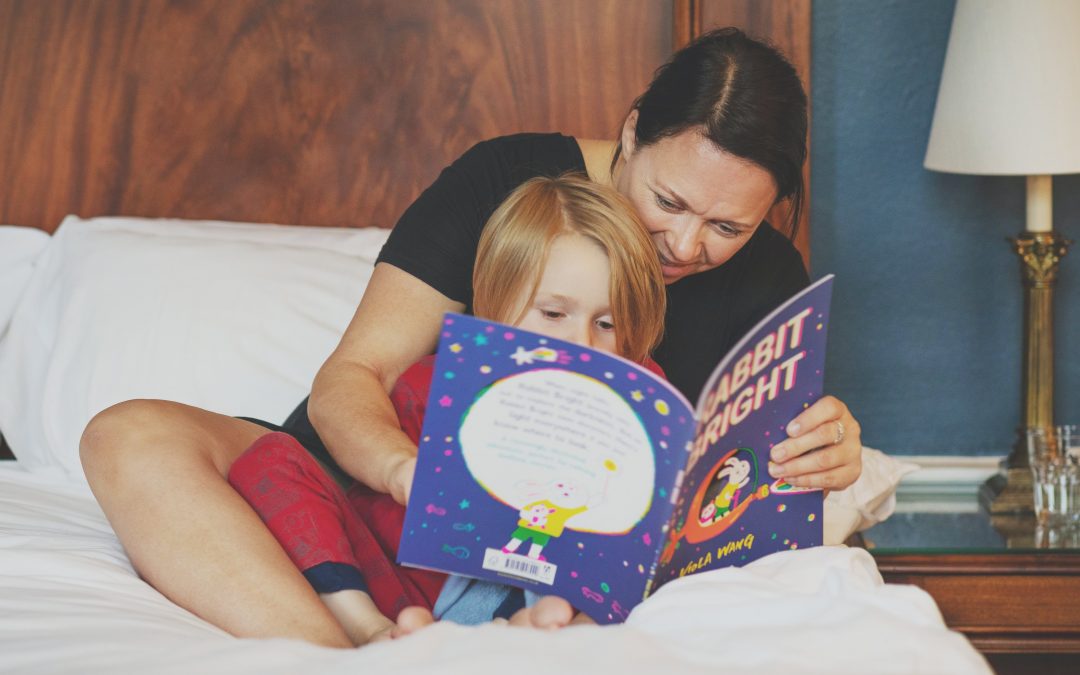





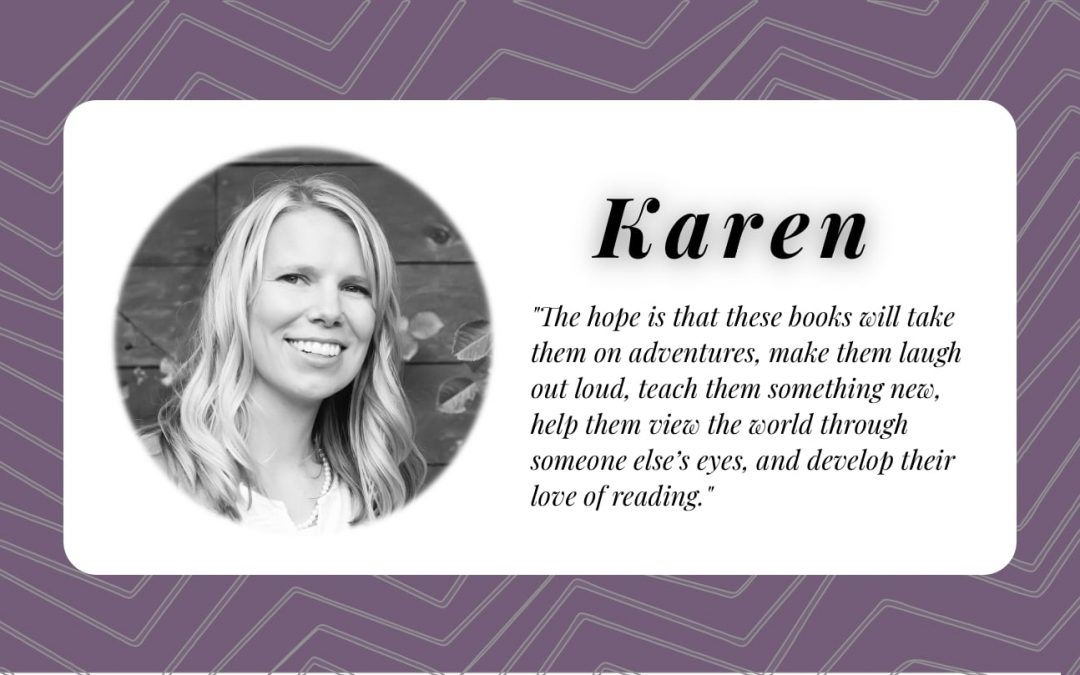

Recent Comments